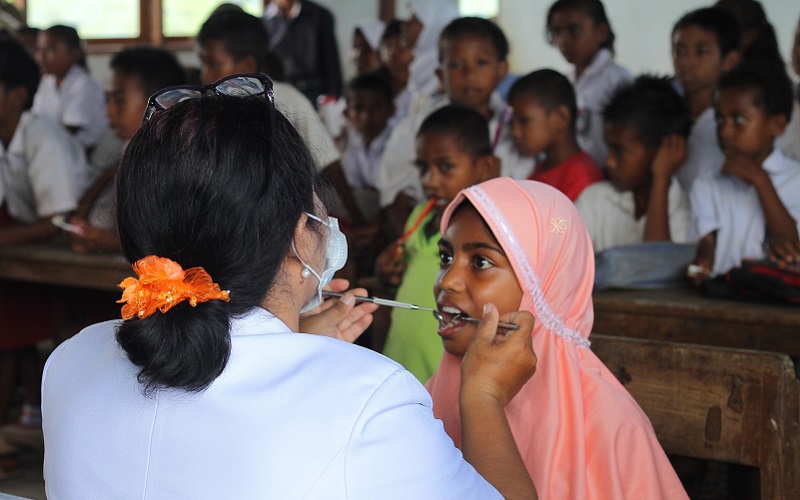
Physicians under bombardment: In solidarity with frontline health heroes and heroines

Physicians under bombardment: In solidarity with frontline health heroes and heroines
News
Oct 31, 2023
By: Dr. Duha Shellah, Medical & Health Sciences Division, Palestine Academy for Science & Technology
As a physician, Palestinian and voice of physicians in Palestine and the eastern Mediterranean region (EMR). I am sending out this call for solidarity, to raise the voices of the health workforce in Gaza. The Health Workforce is under an unimaginable workload because of the dire situation wrought by the war in the Gaza Strip. The war has entered its fourth week of continuous horrific attacks which led to extensive destruction of all forms of life in Gaza, civil and health infrastructure were widely destroyed which is alarming for a collapse of the health system in Gaza. The number of casualties received in hospitals is huge. Some of my colleagues have not gotten any rest been home or even seen their families since the beginning of the war. Moreover, some were surprised to see their family members among the casualties and martyrs. With the tragic loss of 73 health personnel who have been killed, 11 were killed on duty, and more than 100 have been injured, and 26 ambulances are out of service, the health system is taking its last breath, and the result will be havoc.
Contacting friend physicians, nurses, midwives, and social workers is different now. It takes days for them to respond. where in two or three minutes of rest, they text us “We are fine”. Most International humanitarian agencies announced the difficulty in contacting their staff on the ground in Gaza. With no electricity or fuel stocks, the situation is devastating. The lack of beds in wards and emergency rooms with a shortage of medical supplies is indeed overwhelming, to the system and staff. No form of health services is available except life-saving services.
With the collapse of 25 hospitals and most of the primary healthcare facilities in Gaza, the health situation is catastrophic. The vulnerable groups are with no access to essential health services. The shutdown of backup generators in hospitals would place the lives of thousands of patients at risk. civilians in Gaza are at risk of infectious diseases due to lack of personal hygiene and clean water, besides, overcrowding in shelters. Many children have stopped regular immunization, and their right to grow in a safe and clean environment and to develop physically and mentally has been retracted from them.
The 16-year blockade on Gaza has fragilized the health system, with physician and specialty shortages and a lack of medical equipment and medications. Those years of socioeconomic decline political instability and conflict have weakened the public health infrastructure, leaving the strip with limited access to clean water, sanitation, and hygiene. The ongoing war on Gaza has amplified what the Palestinians and the health system have been facing. The deprivation of clean water, food, fuel, and electricity is causing a humanitarian catastrophe. Keep in mind the environmental hazards of the continuous heavy bombardment and extensive destruction of the sewage system.
I call for solidarity with physicians, public health specialists, health workers, and humanitarian workers, all those working on the frontlines trying to save lives, and most importantly save the Palestinian identity in the Gaza Strip. International Humanitarian law must be abided, indiscriminate violence and collective punishment should end and an immediate ceasefire is a must. All lives matter, all lives. Physicians and health workers have to stand for each other in times of war and conflict, it is a moral duty to stand out for those on the frontlines of danger, who are working under bombardment, and who have been oppressed for years.





Recent Comments